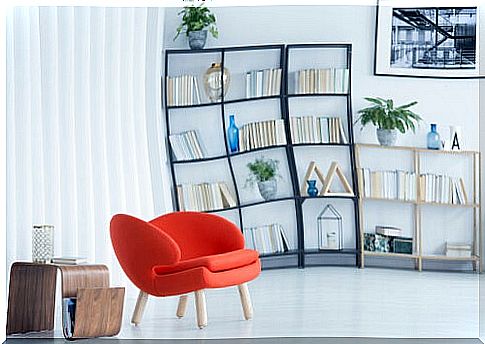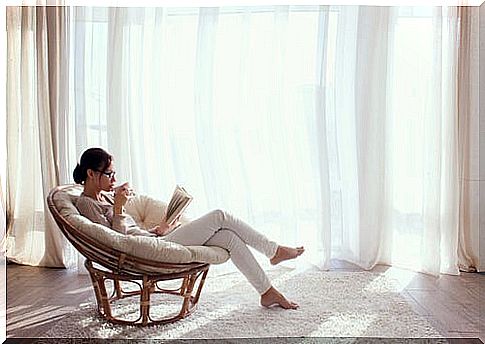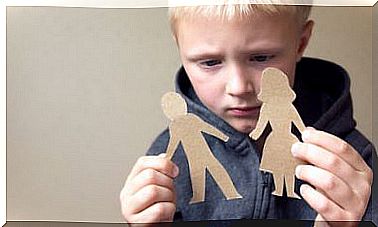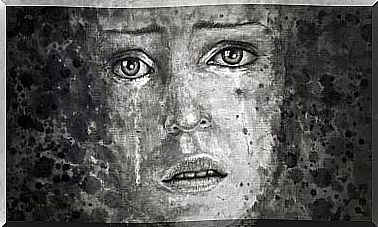Psychology In Interior Design

It is incredible how a space is capable of generating emotions just by observing it. Who has not been overwhelmed by a dirty and untidy place? Or, who has not experienced that feeling of peace in a minimalist space decorated with soft colors? Almost all of us at some point in our lives have been participants in similar experiences, but we must bear in mind that personal characteristics also play a role. Psychology in interior design has a lot to tell us about this.
There is no doubt that psychology can play an important role in the different environments that surround us and that, to a large extent, make up our homes, places of leisure and work. And although the relationship between psychology and interior design has always existed, it seems that it has been gaining presence since the 19th century. Now, how does it influence us? Let’s go deeper.
Psychology and interior design: how are they related?
Psychology in interior design is a branch of environmental psychology that deals with studying the relationship between different types of environments and how they affect the behavior and mood of the people who inhabit them. Your goal is to create positive effects and also make the most of that relationship.
Each place that we visit, each space that we travel transmits something to us, that is, it produces an effect on us. And that is precisely what psychology in interior design is responsible for. Specifically, everything related to color, the arrangement of furniture or the selection of some objects or others.

Research as curious as that carried out by Sibel Seda Dazkir, Ph.D. in Design and Human Environment, from Oregon State University (USA) are proof of how decoration influences people’s moods. In fact, their results confirmed that objects designed with curved and sinuous lines arouse feelings related to happiness and relaxation, while rectangular lines are associated with feelings of coldness and hostility.
Influence of spaces on psychological aspects
As we see, space and mood are related. Hence, professionals who apply psychology in interior design take into account the personal characteristics of their client, as well as their way of being, when creating a space.
Now, how can spaces influence us on a psychological level? What sensations can different types of spaces and decorations awaken in us? Let’s look at some important aspects about it.
- Amplitude. They are usually associated with tranquility and rest.
- Complexity. It gives us a sense of challenge and challenge, which can be attractive.
- Coherence. As space and objects become more homogeneous, a pleasant and comfortable feeling will be experienced.
- Texture. The softer, the greater the sensation of pleasure. However, it not only occurs at the level of touch, but also with the rest of the senses.
- Identifiability. If an object or a certain corner is easily identifiable, the feeling it will convey will be pleasant. Otherwise, it can create tension and uneasiness until we decipher its meaning.
- Colour. Each color is associated with a specific register of emotions. For example, black is often associated with pessimism and aggressiveness; white to purity; yellow with happiness and green with feelings of harmony, hope and peace.
- Social. The spaces are also for sharing, in fact there are certain spaces that are designed for that purpose. For this reason, sometimes we tend to look for spaces that are optimal for us to carry out activities with others.
- Temperature. It is about the thermal sensation associated with the spaces. It will be more comfortable for us or not, depending on whether we like the cold or the heat more.
Now, do not generalize, each person is different. In the authenticity is the value of the human being, each one thinks, feels and acts differently. Likewise, you will perceive and feel the spaces differently. Therefore, a space can awaken tranquility in one person and tension or overwhelm in another.
Psychology in interior design is also important in the therapeutic field. For example, a study was carried out in 2013 to analyze the importance of spaces for patients. It was found that any external stimulus influences and that a professional design of the consultation makes the therapy more effective.

Benefits of psychology in interior design
The distribution of the spaces as well as the arrangement of the elements that make it up and the color used influence us. In fact, there are a series of recommendations from psychology in interior design to decorate a house:
- Pastel tones are preferable to gray and white tones, since the latter give an impersonal touch and the pastel range provides a feeling of relaxation and intimacy.
- The amplitude generates a feeling of freedom and tranquility, hence it is recommended not to recharge too much.
- Personalizing spaces with photos or objects that have an important personal meaning helps people feel more comfortable.
Finally, let’s not forget that in a space, every detail is important because in some way it invites us to remember, awakens emotions and favors different sensations.









